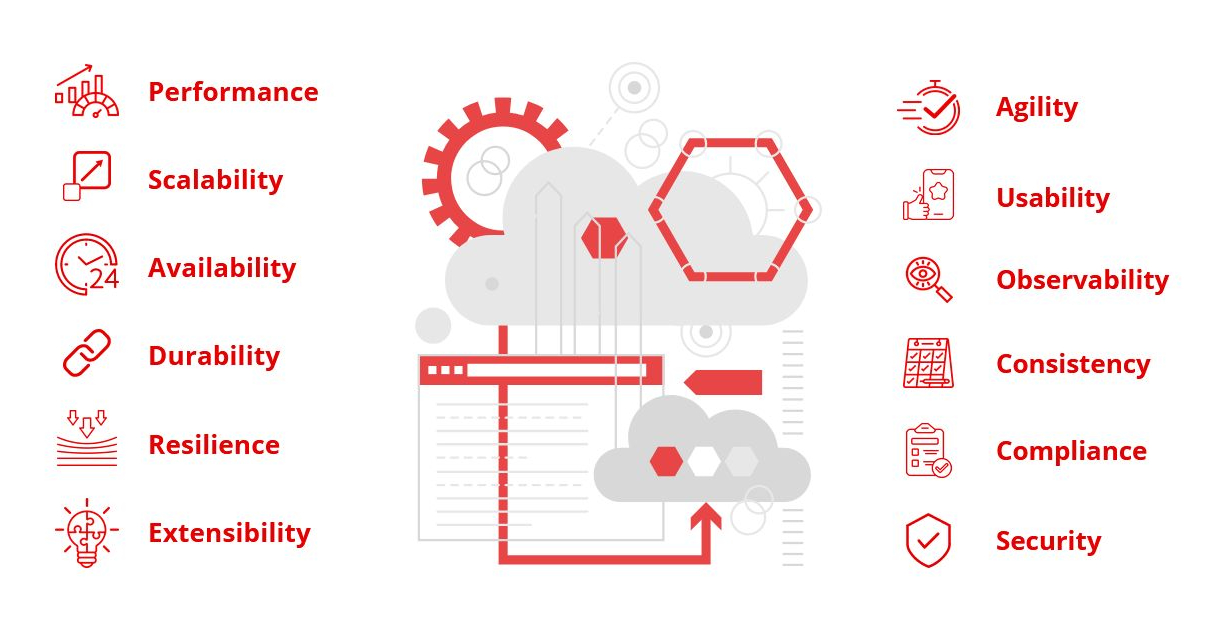


The Payment Platform for Digital Acceleration
Banks and payment players have long grappled with the limitations imposed by heavy, monolithic architectures. The challenges of scalability, complexity, maintenance, and slow-release cycles have hindered their ability to keep pace with the industry's high demands. These constraints have underscored the need for a more agile, scalable, and resilient technological framework in the banking and payments industries.
BLAZE is a cloud native microservices based platform that offers seamless growth, uninterrupted performance, and effortless integration with modern day digital banking solutions.

Together, these principles help us ensure an to accelerated time to market, equip our customers with dynamic scalability, plug and play capabilities and complete adherence to modern day payment compliances, while covering all critical aspects of the business and service offering.
Future-proof Technology Stack To Deliver Today and Tomorrow
Programming
Spring, Python, Java, GoLang, nodeJS, Angular etc.Operating System
RedHat Linux 8.X, CentOS, UbuntuAPI Gateway
APIGEE EdgeContainer Orchestration
Managed Kubernetes, ISTIODatabase & Caching
MYSQL, PostgreSQL, Oracle, ArangoDB, MongoDB, Cassandra, Redis, Ignite, etc.Mobile & Browser Support
iOS, Android, Internet Explorer, MS edge, Mozilla Firefox, Google Chrome, Safari etc.Hybrid Multi Cloud
On-Premises, Private Cloud, GCP, AWS, Azure, OCI etc.Security
Encryption Algorithm AES 256 Hashing Algorithm - SHA 256 with dynamic salt NextGen Firewalls, OWASP, gRPC etc.Logging, Monitoring & Reporting
Log4j 2, ELK, Kibana, Grafana, Prometheus, Prima etc.Microservices Based
15+ microservices, Strong transaction engineDelivering Security by Design
FSS BLAZE ensures development with a streamlined Dev-Sec-Ops approach within its framework and follows robust security measures across all phases of technology development. This approach integrates automated tools for continuous security reports during every new development, addressing concerns comprehensively.

Phase 1
Planning, security analysis, and training initiatives are set at the foundation of every product development at FSS

Phase 2
The design phase incorporates security principles into technical components.

Phase 3
Code development employs tools for secure coding, including static code analysis and pre-commit checks.

Phase 4
The build phase automates security analyses on build artifacts and scrutinizes third-party code dependencies.

Phase 5
The testing phase, with dynamic application security testing, identifies live application vulnerabilities.

Phase 6
Delivery focuses on environment configuration, and deployment scrutinizes production system configurations.

Phase 7
Continuous monitoring, runtime protection, and penetration testing secure the live application.

Phase 8
Adaptation relies on generated reports, ensuring constant improvement in security measures.






